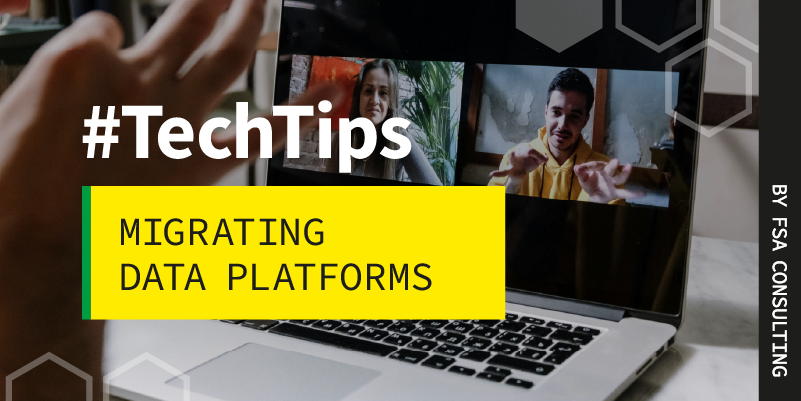When choosing a productivity suite for your company, like Google Workspace or Microsoft 365, there are many factors to consider. How many licenses you need, cost, ease of use, and even what will be most compatible with your clients must all be considered. So you weigh the pros and cons, maybe even do a few trial runs, and pick the platform you will use for data management.
But what if you want to change? Perhaps your company is growing, and you need more flexibility. Perhaps your business has changed its core focus and needs different tools. Rest assured, you are not locked into the first suite you implemented.
Changing platforms and migrating your data may seem daunting, but it can be done. Let’s explore why companies are changing and how we FSA can make it an easy and seamless transition.
A Tale of Two Platforms: Google Workspace vs. Microsoft 365
In the early 2000s, Google made significant investments in Google Apps, a suite of products that became a go-to solution for educational institutions and many organizations. Gmail, Google Docs, Calendar, and Google Drive were widely adopted, with schools and universities especially embracing the platform. However, by the mid-2010s, Google began shifting its priorities, investing less in this area while still supporting specific markets, like education.
Although tools like Google Classroom and Chromebooks remain staples for schools and nonprofits, there’s a growing sentiment—especially among smaller businesses and organizations—that Google’s offerings have plateaued. In contrast, Microsoft has taken a different approach, pouring resources into the continuous development of Microsoft 365.
Microsoft Teams Raises the Bar
Google’s productivity suite still serves its purpose, but Microsoft’s platform has become more innovative. While legacy tools like Word, Excel, and Outlook are still core to Microsoft 365, the workhorse is Microsoft Teams. As businesses evolve, Teams is becoming a central hub for communication and collaboration, offering more advanced features than what Google provides.
For example, Microsoft Teams isn’t just for video calls—it’s a comprehensive platform for meetings, brainstorming sessions, and collaboration. It has built-in features like whiteboards, meeting summaries, AI-powered insights, and a Speaking Coach that provides real-time feedback (like “slow down” or “pause”). These tools are not just bells and whistles; they transform how businesses operate daily.
In a Microsoft-based office, it used to be that employees started their day in Outlook to read their emails, check their calendars, and review upcoming tasks. Now, Teams has become the primary productivity platform for many organizations. For example, companies can create dedicated Teams for individual clients, each containing specific files, conversations, and members. If someone leaves the organization, a new employee can seamlessly step in and immediately access everything they need—no delays, no lost data.
In terms of file storage, Microsoft integrates SharePoint, which functions similarly to Google Drive, into Teams. Each Team has its own SharePoint site, where files are stored and can be accessed directly through Teams or via Word, Excel, and other Microsoft apps—both in the browser or on your desktop. This integration improves project collaboration, file management, and keeping up with file version history – no more having to keep track of file names with ever-changing version numbers.
Why Businesses Are Moving to Microsoft 365
For many smaller organizations and nonprofits, Microsoft 365 is becoming the platform of choice. Its tools are constantly evolving, and the overall experience feels future-proof compared to Google’s relatively static offerings. The migration process, while not without its challenges, is manageable—especially with the right support.
Take a recent example: A law firm with seven employees transitioned from Google Workspace to Microsoft 365. One user alone had over 100GB of data, and the migration took about a week. The process involved pre-migrating the data, reconciling any changes, and completing a final cutover over the weekend. By Monday morning, the team was fully operational on Microsoft 365. The most challenging part? User training. We needed to ensure people felt comfortable with the new platform and knew their files were safe.
Is It Time to Migrate?
If your organization is still on Google Workspace, it might be time to ask: Are you getting the innovation and support you need? Microsoft’s focus on enhancing collaboration, streamlining processes, and AI-powered features makes it a good choice for businesses looking to stay ahead. Migrating platforms may sound daunting, but with FSA’s planning and support, the transition will be smooth, with game-changing results.
Contact us today to discuss the platform that aligns with your organization’s future.

